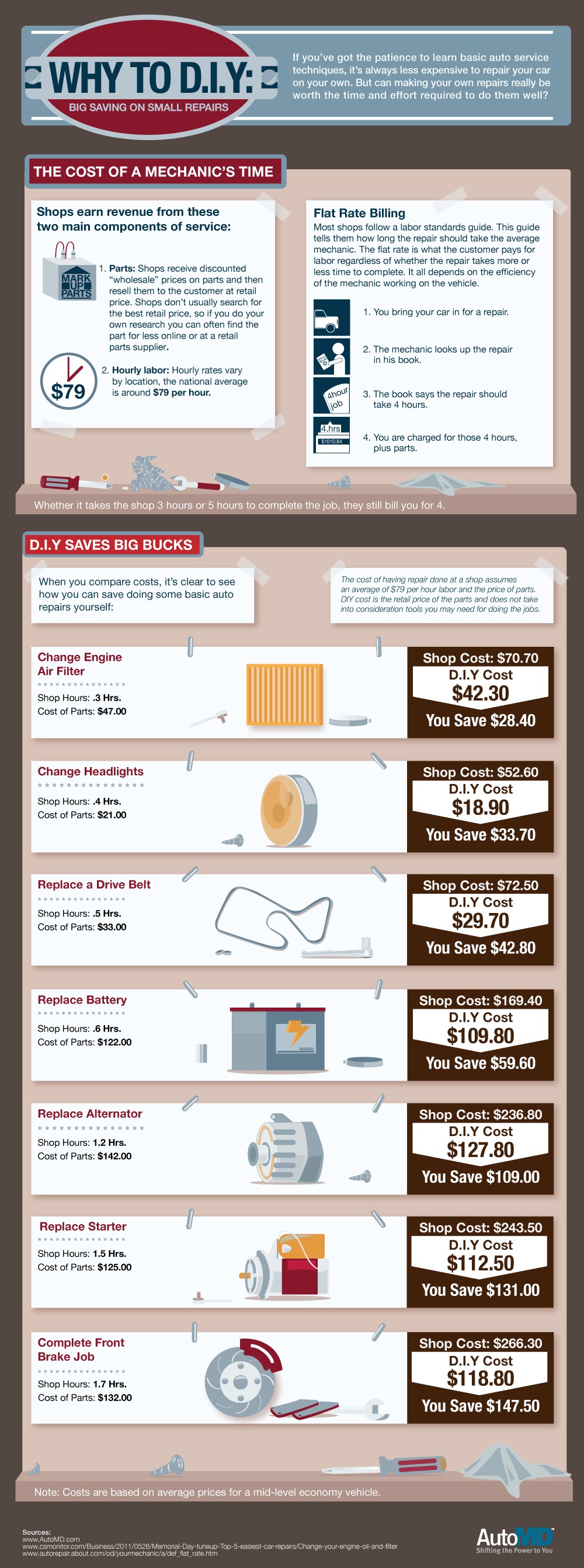Understanding Your Auto'S Caution Lights: What Do They Truly Mean?
Understanding Your Auto'S Caution Lights: What Do They Truly Mean?
Blog Article
Posted By-Higgins Forbes
When you lag the wheel, those glowing warning lights on your control panel can be a bit bewildering. Do you understand what they're trying to inform you about your automobile's wellness? Recognizing the value of these lights is essential for your safety and security and the long life of your lorry. So, the next time one of those lights turns up, would not you wish to decipher its message precisely and take the needed steps to resolve it?
Common Caution Lights and Interpretations
Identify common caution lights in your auto and comprehend their definitions to ensure secure driving.
The most typical caution lights include the check engine light, which signals concerns with the engine or exhausts system. If this light comes on, it's critical to have your car inspected promptly.
The oil pressure warning light suggests low oil pressure, needing instant interest to prevent engine damage.
A blinking battery light may suggest a damaged charging system, possibly leaving you stranded otherwise dealt with.
The tire stress monitoring system (TPMS) light signals you to low tire stress, affecting car stability and fuel efficiency. Disregarding this can cause unsafe driving problems.
The abdominal light indicates a trouble with the anti-lock braking system, endangering your capability to quit rapidly in emergency situations.
Lastly, the coolant temperature level advising light warns of engine getting too hot, which can result in serious damages if not solved promptly.
Understanding these typical caution lights will aid you deal with concerns quickly and preserve safe driving conditions.
Importance of Prompt Attention
Recognizing the typical caution lights in your vehicle is only the primary step; the significance of without delay dealing with these cautions can not be stressed enough to guarantee your safety and security on the road.
When carpro ceramic coating brightens on your dashboard, it's your vehicle's method of interacting a prospective problem that requires attention. Neglecting these cautions can bring about much more severe troubles down the road, jeopardizing your safety and potentially costing you extra out of commission.
Prompt interest to advising lights can avoid break downs and crashes. As an example, a flashing check engine light might indicate a misfire that, if left neglected, can trigger damage to the catalytic converter. Resolving this quickly can save you from a pricey fixing.
Similarly, a brake system advising light could indicate reduced brake liquid or worn brake pads, important components for your safety and security when driving.
DIY Troubleshooting Tips
If you observe a warning light on your control panel, there are a few do it yourself fixing ideas you can try prior to seeking specialist help.
https://brakes-and-rotors62839.dsiblogger.com/65041664/the-ease-of-mobile-auto-detailing-changes-your-lorry-s-look-however-is-it-as-efficient-as-conventional-methods-discover-the-reality-behind-this-solution is to consult your auto's guidebook to comprehend what the details caution light indicates. Occasionally the problem can be as simple as a loose gas cap setting off the check engine light. Tightening up Learn Alot more Here may resolve the trouble.
One more common issue is a low battery, which can trigger numerous warning lights. Inspecting the battery links for deterioration and guaranteeing they're protected may repair the problem.
If a warning light continues, you can try resetting it by detaching the auto's battery for a couple of mins and after that reconnecting it. In addition, checking your car's fluid levels, such as oil, coolant, and brake liquid, can assist repair advising lights connected to these systems.
Final thought
To conclude, comprehending your vehicle's caution lights is important for keeping your automobile running smoothly and securely. By quickly dealing with these alerts and understanding what they indicate, you can prevent costly repair work and potential failures.
Bear in mind to consult your auto's handbook for specific information on each warning light and act appropriately to ensure a hassle-free driving experience.
Remain informed, stay secure on the road!
